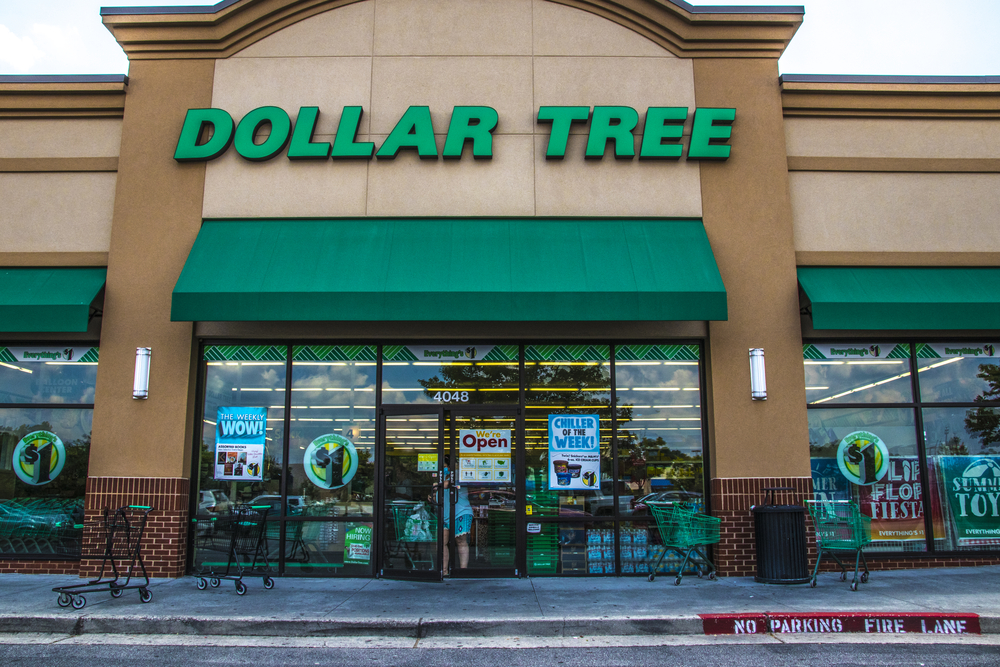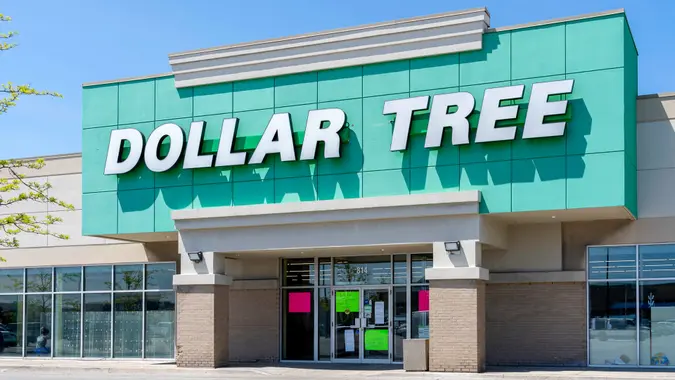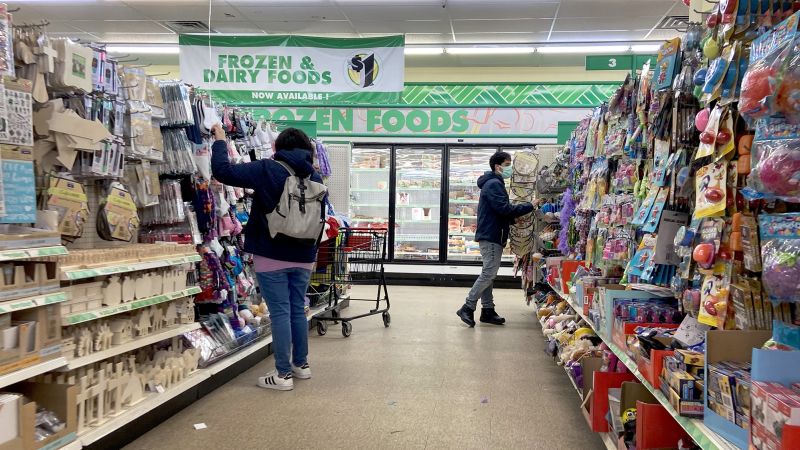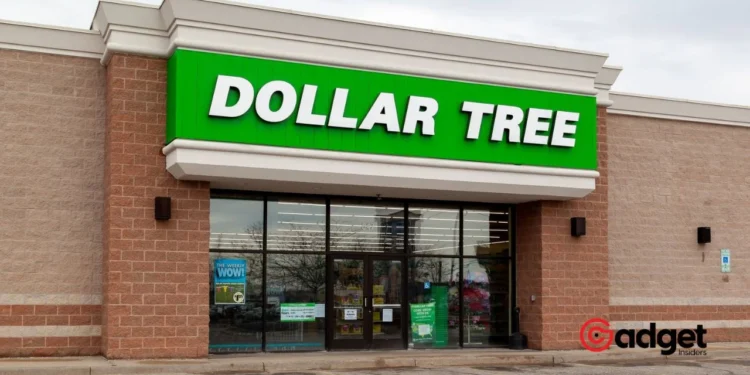In an unexpected turn of events, Dollar Tree, a household name for budget shoppers across the United States, has announced a significant retrenchment. The retailer plans to close approximately 1,000 stores, a decision that underscores the mounting pressures on the dollar store segment. This move has sparked a flurry of questions and concerns among consumers and industry watchers alike.
What led to this dramatic shift for Dollar Tree, and what does it say about the broader retail landscape and the economy?
The Rise and Stumble of Dollar Tree Stores
Dollar stores have been a fixture in the American retail landscape since the 1950s, enjoying a widespread presence in both urban and rural settings.
Their growth trajectory seemed unstoppable, with a business model that appeared recession-proof. However, recent developments suggest that even the giants of budget retail are not immune to the challenges of the current economic climate.

Dollar Tree’s announcement to shutter around 15% of its Family Dollar outlets, amounting to roughly 1,000 store closures, along with a smaller number of its namesake Dollar Tree-branded stores, has taken many by surprise.
The company has pinpointed unprofitable locations and the adverse impact of inflation and reduced government assistance, such as cuts to the food-stamp program, as primary reasons for this decision.
Navigating a Sea of Challenges
The economic environment of the past few years has been particularly harsh for Dollar Tree and its clientele. Inflation and the reduction in government benefits such as the Supplemental Nutrition Assistance Program (SNAP) have left low-income shoppers with thinner wallets, forcing them to be more discerning with their spending.
“Over recent years, rates of shopping around have increased, and we believe that they will only increase further in the years ahead as other chains like Walmart, Aldi, and Dollar General continue to expand,” noted Neil Saunders, managing director of GlobalData.

Adding to the retailer’s woes, Family Dollar has seen a decline in customer spending at its stores, compounded by increasing instances of shoplifting.
“[T]his inflationary environment we’ve lived in for the last couple years has been a shock” for customers, Dollar General CEO Todd Vasos said.
A Battle on Multiple Fronts
The struggles at Dollar Tree are emblematic of broader issues within the dollar store segment. Family Dollar, in particular, has faced significant hurdles in maintaining customer loyalty amidst a backdrop of operational and public relations challenges, including a rat-infested warehouse that led to a hefty fine from the Department of Justice.
Dollar stores are hitting hard times, amid shoplifting and inflation-weary shoppers https://t.co/IJBjf9iJIE
— CBS News (@CBSNews) March 16, 2024
In contrast, Dollar General has taken proactive steps to adapt to the changing retail environment by limiting self-checkout options to improve customer service and address concerns over shoplifting.
This strategic shift appears to be paying dividends, as Dollar General plans to expand its presence with the opening of 800 new stores.

Evolving Strategies in a Tight Market
Despite the headwinds, Dollar Tree is not standing still. The company has embarked on an ambitious plan to diversify its product offerings, introducing items priced up to $7 in a bid to offer greater value and variety to its customers.
“We are continuously working on new ways to deliver value while expanding our assortment across a wider range of price points,” said CEO Richard Dreiling.
The Road Ahead
The current plight of Dollar Tree and the broader dollar store industry is a stark reminder of the challenges facing the retail sector. Inflation, economic uncertainty, and changing consumer behaviors are forcing retailers to rethink their strategies and adapt to a new normal.
As Dollar Tree navigates this turbulent period, the company’s efforts to revitalize its business model and reengage with its customer base will be closely watched by industry observers and consumers alike. The fate of Dollar Tree may well signal broader trends within the retail industry, offering insights into the resilience of budget retail in the face of economic headwinds.










